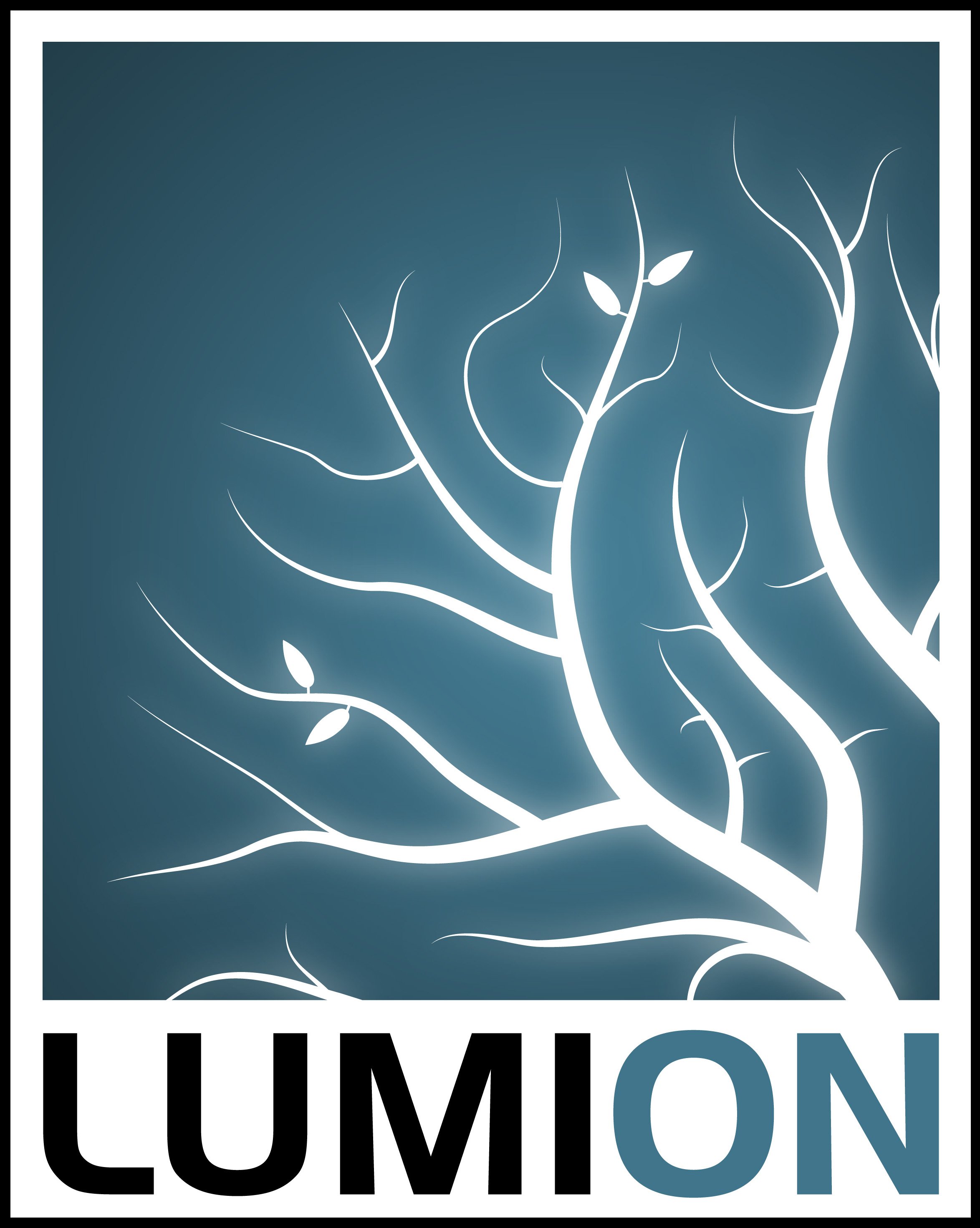


Grayscale tones will be more or less reflective depending on how close they are to pure black and pure white:ġ.3: Once you've added the Reflectivity mask to the Alpha Channel of the texture, please click on the link below to see how to save it to a 32-bit Color Map texture in TGA, BMP or TIFF format.Įxternal Link: Adobe Photoshop Help: Save files in graphics formatsġ.4: Then open Lumion and add a Standard Material to the surface:ġ.5: Assign your Color Map texture with the Alpha Channel to the Color Map slot in the Standard Material:ġ.6: If the full settings are not shown, then click on the Show Extended Settings button:ġ.7: Click on the Settings tab and then the first Texture Alpha button:ġ.You will need a special Color Map texture with an Alpha Channel in order to make some parts of a Standard Material more transparent than others.Ī Color Map (Diffuse) texture has normally got 3 channels: red, green and blue. A pure black color will not be reflective at all in Lumion and a pure white colour will be fully reflective. making some parts of a material more or less reflective than others.ġ.1: If you are using Adobe Photoshop, please click on the link below to see how to add an Alpha Channel to an image:Įxternal Link: Adobe Photoshop Help: Create and edit alpha channel masksġ.2: Then paint the Alpha Channel with grayscale tones. In this article we will focus on the second option, i.e. Making some parts of a material more or less emissive.

Making some parts of a material more or less reflective.Making some parts of a material more or less transparent.The Alpha Channel can be used for 3 different purposes in Lumion: In addition to the red, green and blue channel, you can add a so-called Alpha Channel to the texture if you've got Adobe Photoshop, GIMP or a similar image editor. You will need a special Color Map texture with an Alpha Channel in order to make some parts of a Standard Material more reflective than others.Ī Color Map (Diffuse) texture has normally got 3 channels: red, green and blue.


 0 kommentar(er)
0 kommentar(er)
